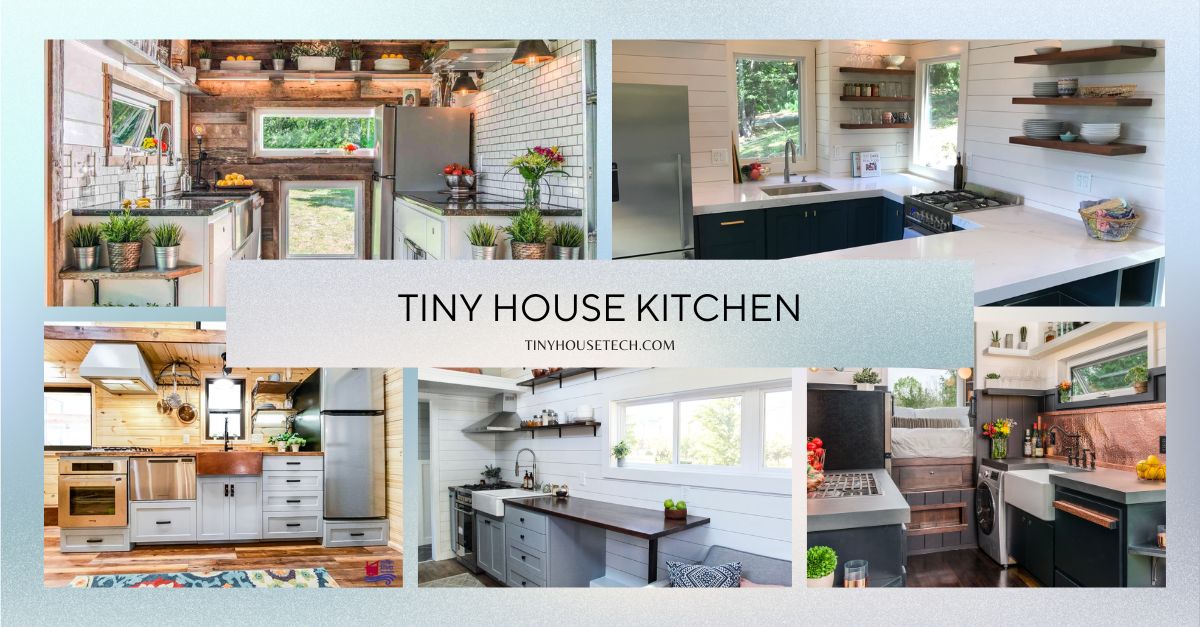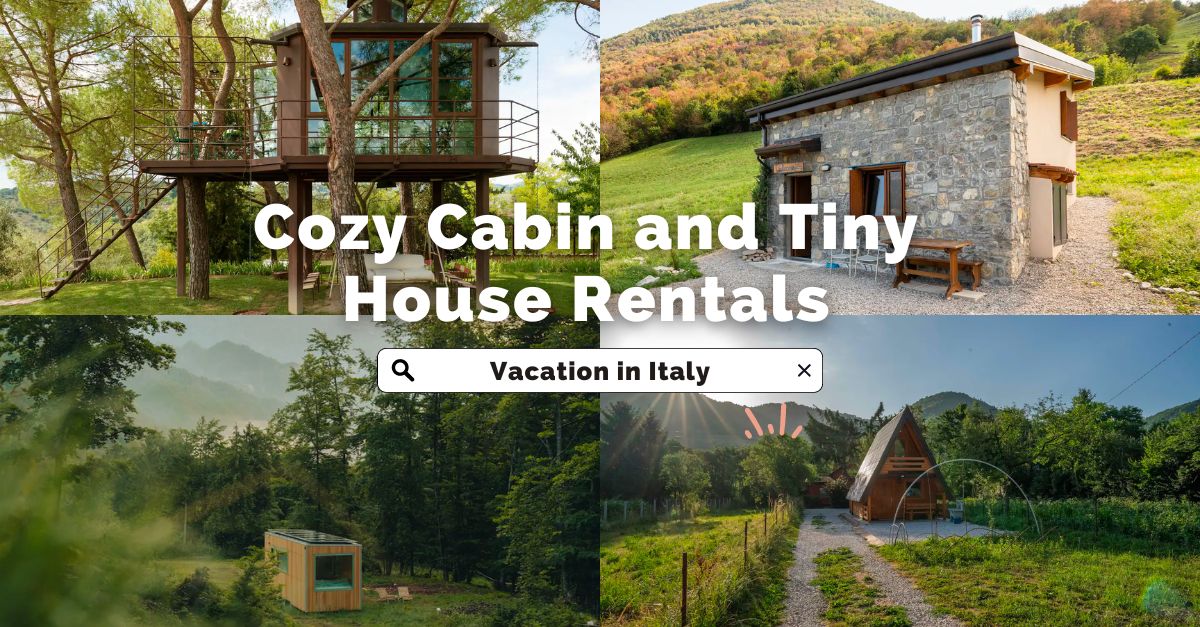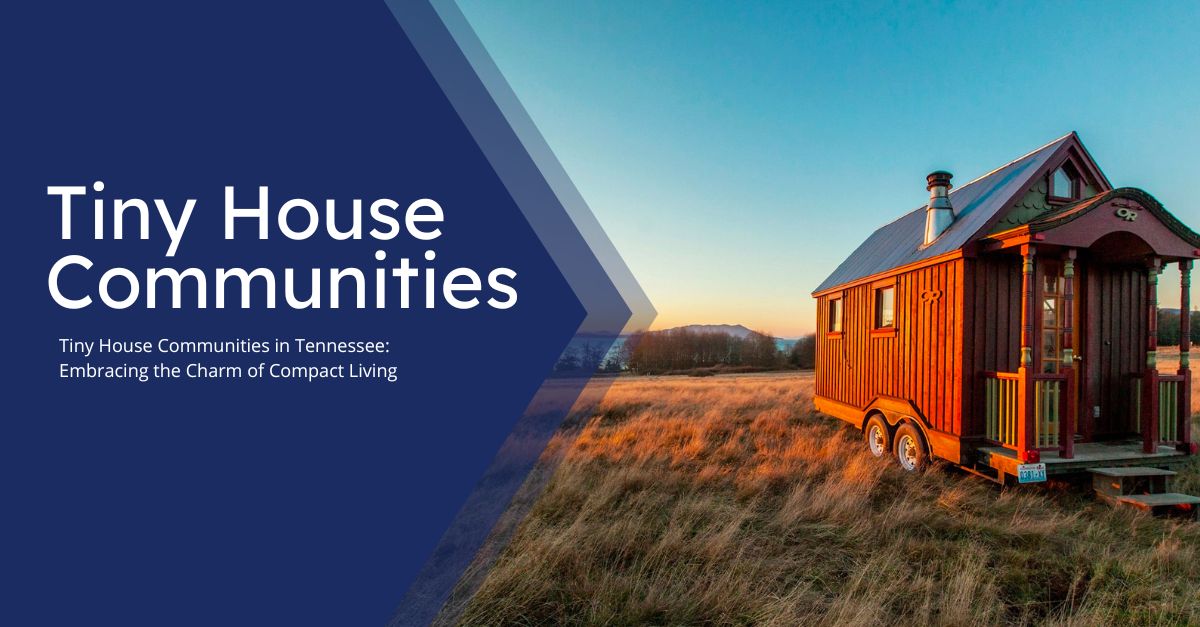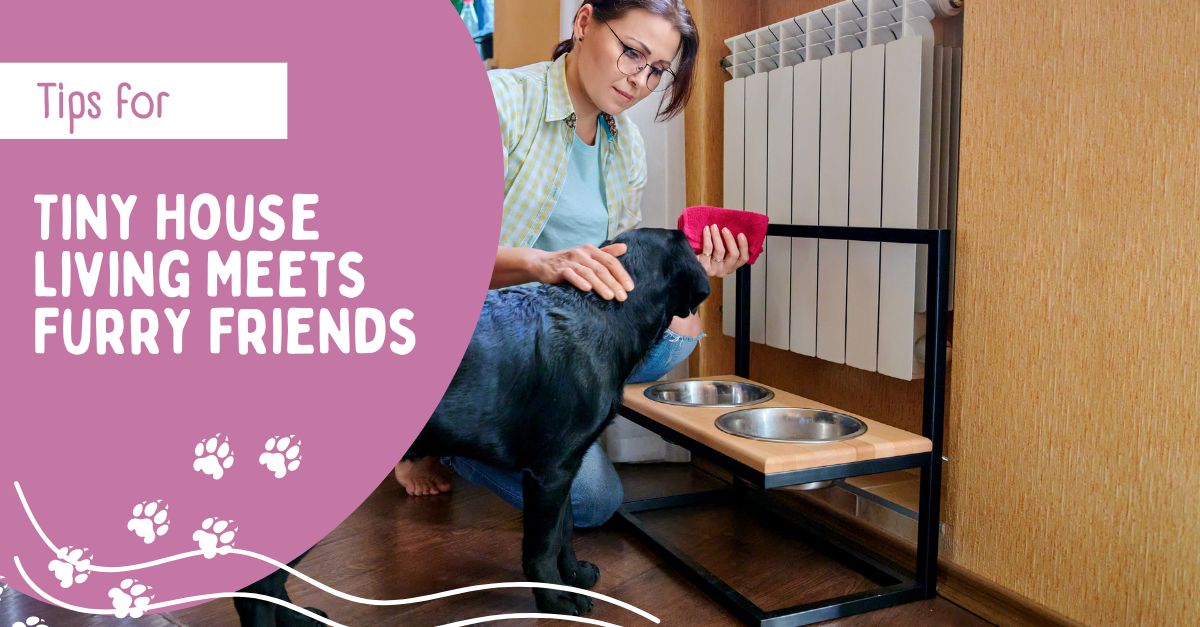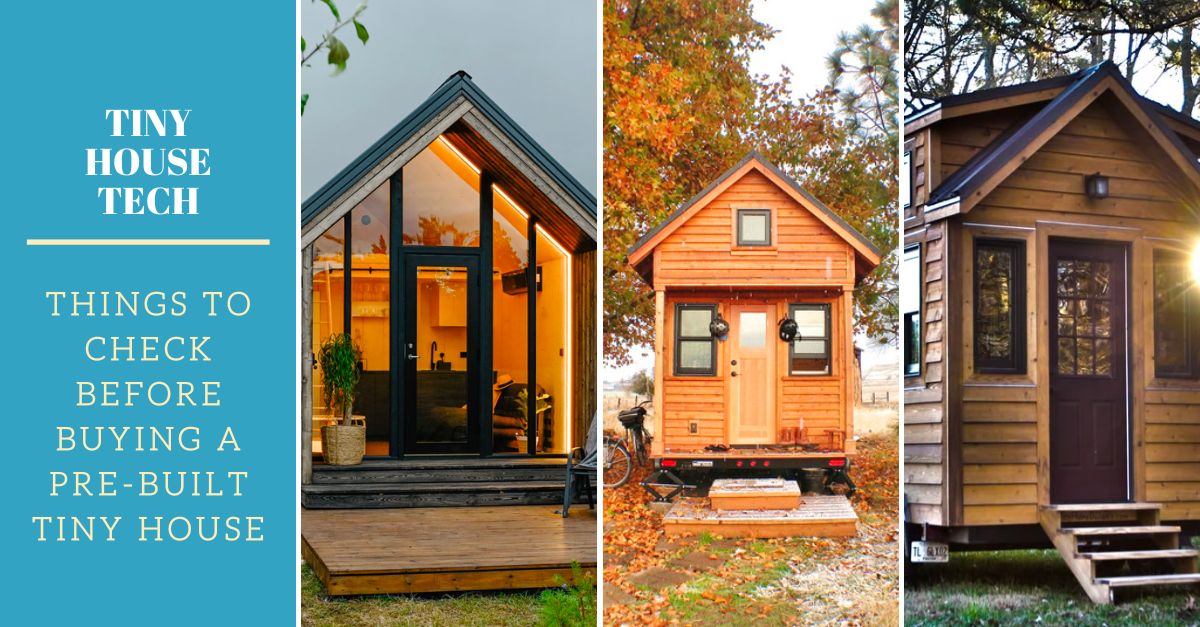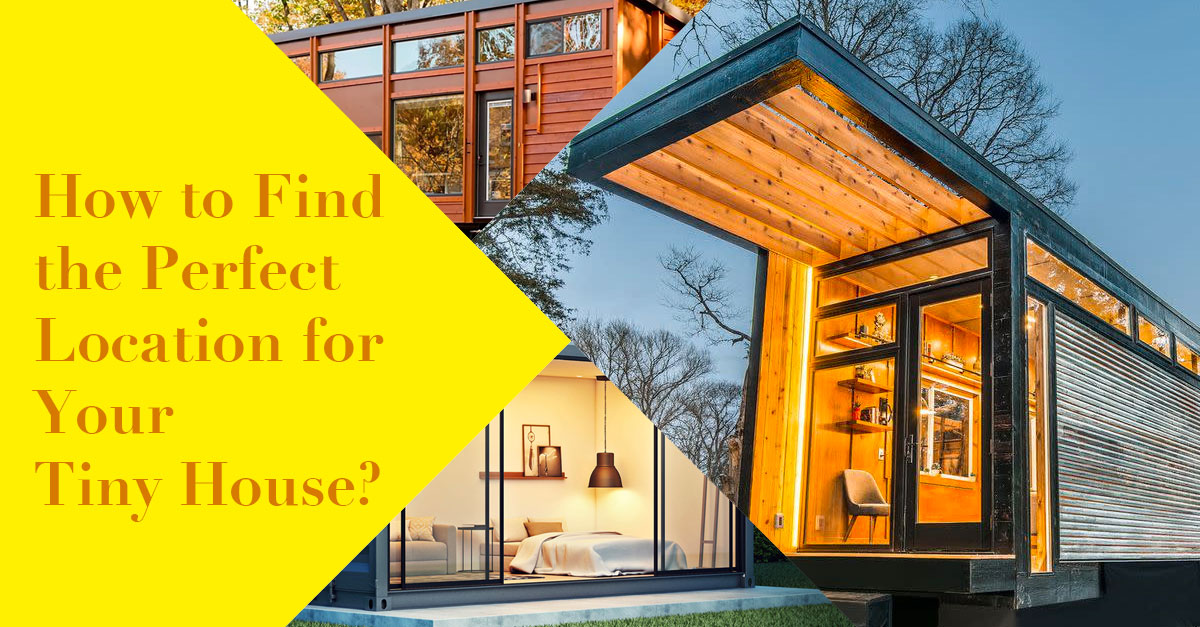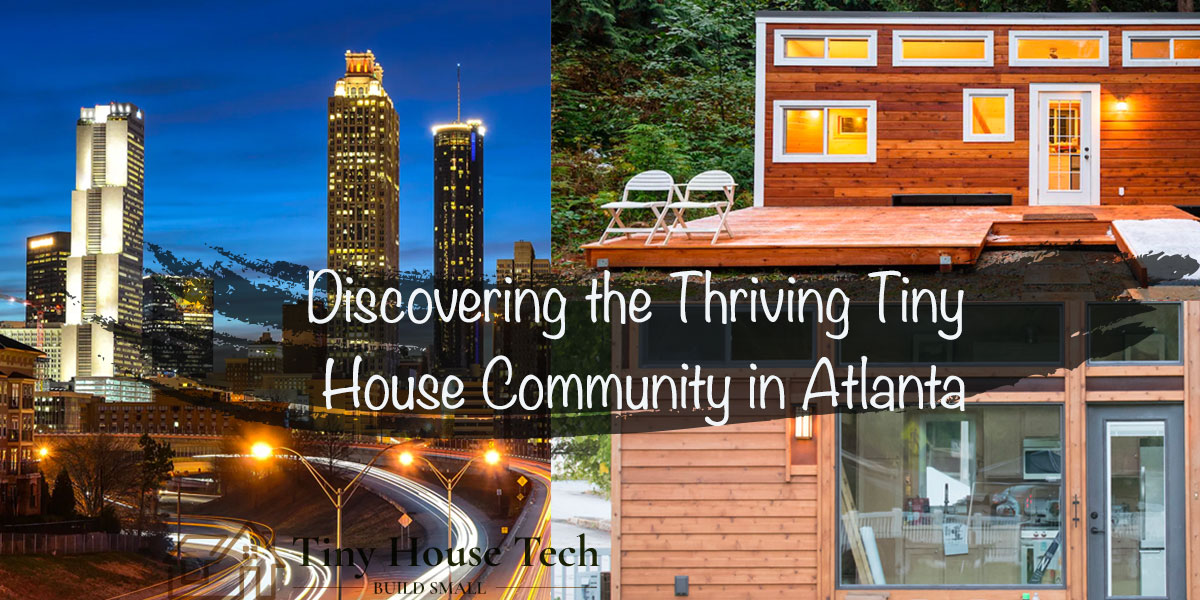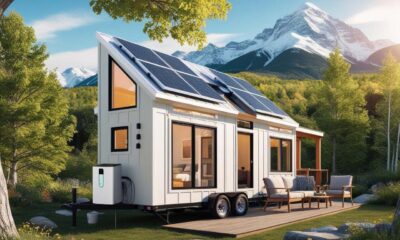House on Wheel
The Ultimate Guide: How to Plan Your Tiny Home on Wheels
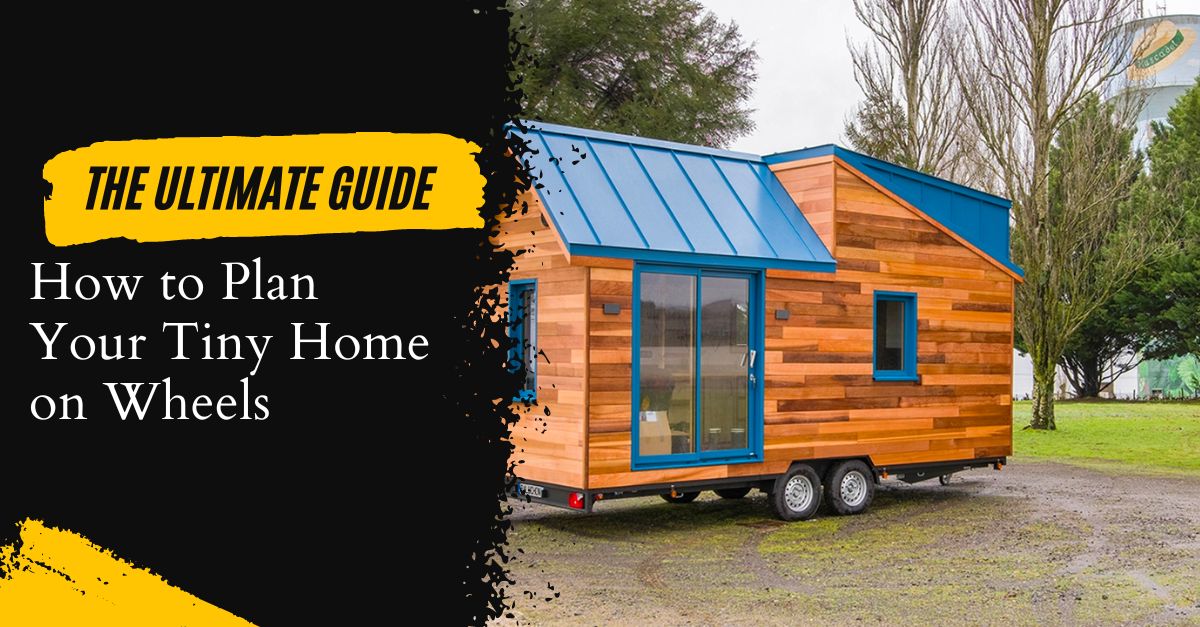
Welcome to the ultimate guide on how to plan your tiny home on wheels! Building a tiny house on wheels offers a unique and flexible living solution that allows you to have your home wherever you go. Whether you’re seeking a simpler lifestyle, embracing minimalism, or looking for a cost-effective housing option, designing and building your own tiny home on wheels can be an exciting and rewarding endeavor. This comprehensive guide will walk you through the key steps and considerations to ensure a successful and personalized tiny home on wheels.
1. Assessing Your Needs and Goals
Before embarking on your tiny home journey, it’s important to assess your needs and goals. Consider the purpose of your tiny home, the number of occupants, and the features you require. Determine whether you’ll be living in your tiny home full-time or using it as a vacation retreat. This initial assessment will help shape the design and layout of your tiny home.
2. Setting a Budget
Setting a budget is crucial to ensure that your tiny home project remains within your financial means. Determine how much you can comfortably invest in building your tiny home on wheels. Consider the costs of materials, labor, permits, and any additional expenses that may arise during the construction process. Having a clear budget will guide your decision-making throughout the project.
3. Choosing the Right Trailer
The foundation of your tiny home is the trailer it will be built upon. Selecting the right trailer is essential for a stable and secure structure. Consider factors such as weight capacity, size, and durability when choosing a trailer. Ensure it meets road regulations and provides a solid base for your tiny home.
4. Designing the Layout
Designing an efficient and functional layout is key to optimizing space in your tiny home. Consider your lifestyle and prioritize the areas that are most important to you. Create designated spaces for sleeping, dining, cooking, and relaxation. Use clever storage solutions and multipurpose furniture to make the most of every square inch.
5. Selecting Materials and Appliances
Choosing the right materials and appliances for your tiny home is crucial for durability, efficiency, and aesthetics. Opt for lightweight and durable materials that are suitable for mobile structures. Consider energy-efficient appliances that can operate off-grid if desired. Balancing quality, functionality, and space-saving features will help create a comfortable and sustainable living environment.
6. Maximizing Storage Space
In a tiny home, maximizing storage space is essential. Utilize creative storage solutions such as built-in cabinets, loft spaces, under-bed storage, and foldable furniture. Think vertically and make use of every nook and cranny to keep your belongings organized and accessible.
7. Ensuring Safety and Comfort
Safety should be a top priority when planning your tiny home on wheels. Consider fire safety measures, proper ventilation, and secure fastenings to prevent any hazards during transportation. Additionally, prioritize comfort by incorporating insulation, effective heating and cooling systems, and ergonomic design principles into your tiny home.
8. Incorporating Energy-Efficient Solutions
Sustainability and energy efficiency are key considerations for many tiny homeowners. Explore options such as solar panels, rainwater harvesting systems, and composting toilets to minimize your environmental footprint. Implementing energy-efficient solutions will not only reduce your utility costs but also contribute to a greener lifestyle.
9. Plumbing and Electrical Considerations
Designing the plumbing and electrical systems of your tiny home requires careful planning. Consult professionals to ensure compliance with local codes and regulations. Determine your water supply and waste management solutions, as well as the electrical requirements for your appliances and lighting.
10. Interior Decoration and Personalization
Make your tiny home on wheels feel like home by incorporating your personal style into the interior design. Choose colors, textures, and decor that reflect your taste and create a cozy atmosphere. Utilize space-saving techniques, such as wall-mounted storage and multi-functional furniture, to enhance the visual appeal of your tiny home.
11. Legal and Zoning Regulations
Before beginning the construction of your tiny home on wheels, familiarize yourself with the legal and zoning regulations in your area. Some regions have specific requirements for tiny homes, including size limitations, parking regulations, and permits. Ensure that your project complies with all applicable laws to avoid any legal complications.
12. Maintenance and Upkeep
Regular maintenance and upkeep are necessary to ensure the longevity of your tiny home on wheels. Develop a maintenance schedule for tasks such as cleaning, inspections, and repairs. Take care of any potential issues promptly to prevent further damage and keep your tiny home in optimal condition.
13. Pros and Cons of Tiny Homes on Wheels
Like any housing option, tiny homes on wheels have their advantages and disadvantages. Evaluate the pros, such as mobility, affordability, and reduced environmental impact. Consider the cons, such as limited space, zoning restrictions, and potential difficulties with financing. Understanding both the benefits and challenges will help you make an informed decision about whether a tiny home on wheels is right for you.
Planning and building your own tiny home on wheels can be an exciting and fulfilling journey. By following the steps outlined in this ultimate guide, you’ll be well-equipped to create a personalized, efficient, and comfortable living space on wheels. Embrace the freedom and flexibility that a tiny home on wheels offers, and enjoy the simplicity and adventure of a mobile lifestyle.
Can I legally live in a tiny home on wheels?
The legality of living in a tiny home on wheels varies depending on local regulations. Some areas allow full-time residency, while others have restrictions or require specific permits. Research the zoning and building codes in your intended location to ensure compliance.
How much does it cost to build a tiny home on wheels?
The cost of building a tiny home on wheels can vary greatly depending on factors such as size, materials, and finishes. On average, it can range from $20,000 to $100,000 or more. Careful budgeting and cost analysis are essential to stay within your financial means.
Can I park my tiny home on wheels anywhere?
Parking options for tiny homes on wheels depend on local regulations and individual circumstances. Some people find long-term parking on private land or in dedicated tiny home communities, while others opt for temporary stays in RV parks or on friends’ properties. Check local laws and consider your specific needs when deciding where to park your tiny home.
How do I ensure my tiny home on wheels is roadworthy?
Ensuring roadworthiness for your tiny home on wheels involves several considerations. It’s crucial to choose a suitable trailer, adhere to weight and size restrictions, and secure all components properly. Consult professionals, such as engineers or trailer manufacturers, to ensure compliance with safety standards.
Can I customize the design of my tiny home on wheels?
Absolutely! One of the joys of building a tiny home on wheels is the ability to customize the design according to your preferences and needs. From the layout and materials to the interior decor, you have the freedom to create a unique and personalized space that reflects your style and lifestyle.
Latest Post
June 7, 2023
Discover the Charming Bristol Tiny House Community: Embrace Sustainable Living in Southwest England
Welcome to the picturesque city of Bristol, nestled in the heart of Southwest England. Known for its…
June 5, 2023
Tiny House Kitchen: Designing for Efficiency and Style
Tiny houses have gained significant popularity in recent years, offering an alternative way of living that embraces…
June 2, 2023
Cozy Cabin and Tiny House Rentals for Your Vacation in Italy
When planning your vacation in Italy, why settle for ordinary accommodations when you can stay in a…
June 1, 2023
Tiny House Communities in Tennessee: Embracing the Charm of Compact Living
Tiny house communities in Tennessee are like tightly-knit villages nestled within the picturesque landscape, where small homes…
May 31, 2023
Tiny House Living Meets Furry Friends: Pet-Friendly Tips for Tiny House Living
Are you a pet lover embracing the world of tiny house living? Wondering if your furry friends…
May 30, 2023
Things to Check Before Buying a Pre-Built Tiny House
Buying a pre-built tiny house is like embarking on a thrilling adventure. But just like any journey,…
May 29, 2023
How to Find the Perfect Location for Your Tiny House?
Finding the perfect location for your tiny house is a crucial step in realizing your dreams of…
May 29, 2023
Discovering the Thriving Tiny House Community in Atlanta: Embrace Sustainable Living in the Heart of Georgia
Welcome to the bustling city of Atlanta, Georgia, where a growing tiny house community is redefining sustainable…
Previous
Next
Loading…


